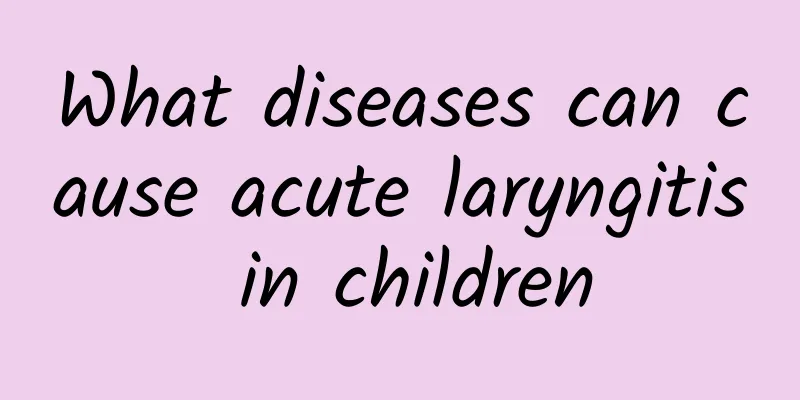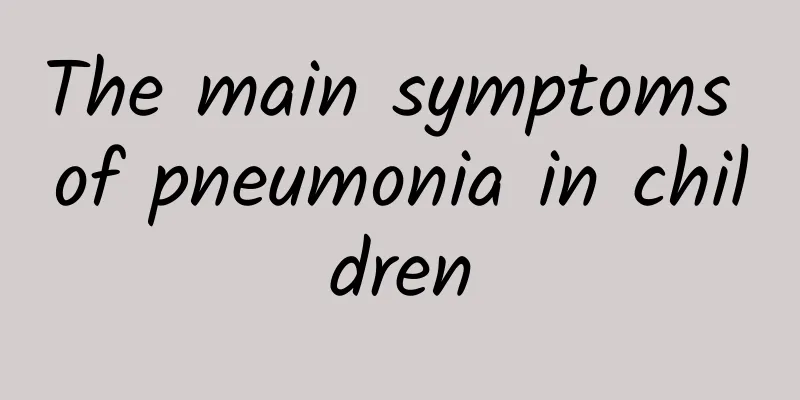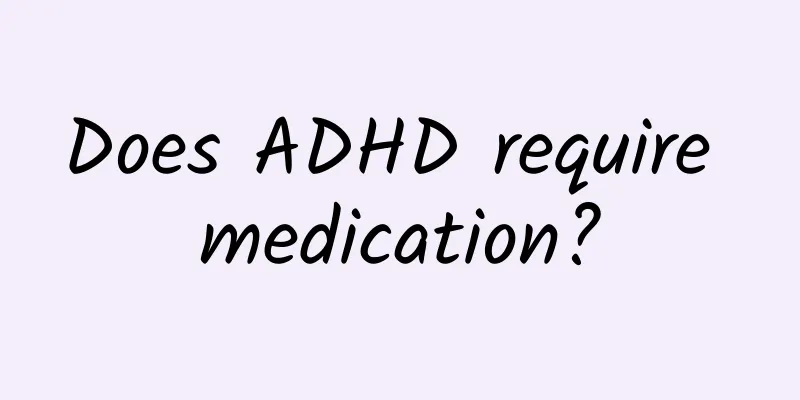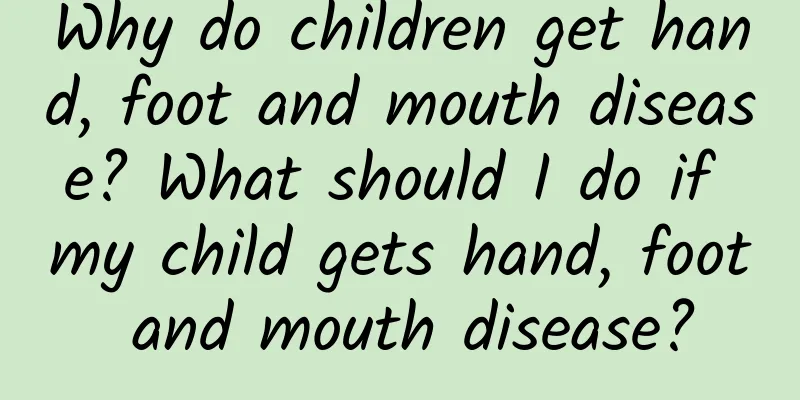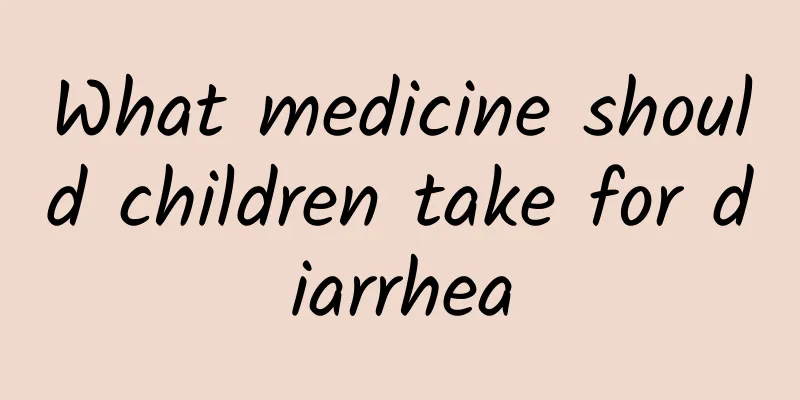Treatment of patent ductus arteriosus in newborns
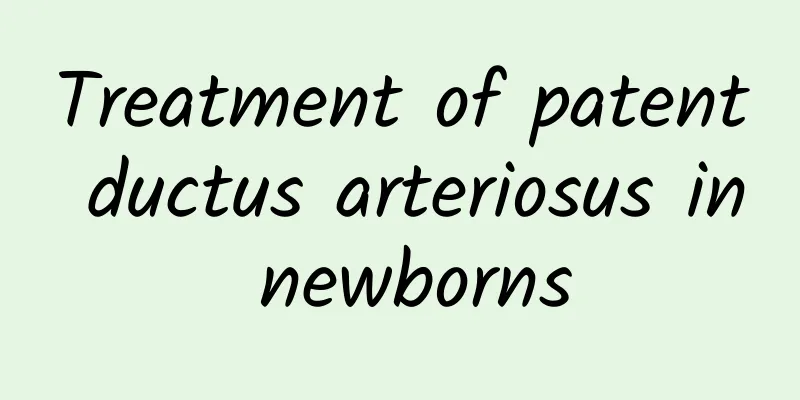
|
The treatments for patent ductus arteriosus in newborns include medication, interventional therapy, and surgical treatment. The specific choice depends on the severity of the disease and the condition of the child. Patent ductus arteriosus is a common heart problem in newborns. It is mainly caused by the failure of the ductus arteriosus to close normally during the fetal period, resulting in abnormal shunting of blood between the aorta and the pulmonary artery, affecting heart function. 1. Drug treatment: For children with mild patent ductus arteriosus, doctors may choose drug treatment. Commonly used drugs include indomethacin and ibuprofen, which promote the closure of the ductus arteriosus by inhibiting the synthesis of prostaglandins. Drug treatment usually starts within a few days after birth and needs to be carried out under the guidance of a doctor, and the child's response and side effects are closely monitored. 2. Interventional therapy: For children who are not responsive to drug therapy or whose condition is more serious, interventional therapy is an effective option. Interventional therapy uses catheter technology to deliver the occluder into the arterial duct to block abnormal blood flow. This method is less invasive and has a quick recovery, and is suitable for most children. Common interventional treatment methods include coil occlusion and Amplatzer occluder implantation, and the specific choice should be determined according to the child's condition. 3. Surgical treatment: For children who cannot receive interventional treatment or whose condition is complicated, surgical treatment is the final choice. The surgery directly closes the ductus arteriosus through thoracotomy or minimally invasive methods to restore normal heart function. Common surgical methods include ductus arteriosus ligation and ductus arteriosus cutting and suturing. The surgery needs to be performed under the guidance of a professional cardiac surgeon, and close monitoring and care are required after the surgery. The treatment of patent ductus arteriosus in newborns should be based on the specific conditions of the child. Early diagnosis and timely treatment are the key. Parents should closely cooperate with regular checkups to ensure the healthy growth of the child. |
<<: How many days does it take for a child to recover from mumps?
>>: Is Hirschsprung's disease life-threatening?
Recommend
What are the types of pneumonia in children?
Traditional Chinese medicine believes that pediat...
Treatment methods for hernia in children, 4 common methods for treating hernia in children
In current medicine, pediatric hernia does have a...
How to care for acute laryngitis in children
How should children with acute laryngitis be care...
Can children's hernia heal itself? 3 ways to treat children's hernia by themselves
Whether a child's hernia can heal itself depe...
How old does ADHD usually take to get better?
Tourette syndrome is a common childhood neuropsyc...
What to do if your child has phlegm in his throat
When children have upper respiratory tract infect...
Is hand, foot and mouth disease serious in adults? Is it contagious?
HFMD in adults is generally not serious, but it i...
What causes Hirschsprung's disease in children?
The main cause of congenital megacolon is abnorma...
What tests should patients with mumps undergo?
After you have mumps, you must have regular check...
How to treat jaundice in children and what medicine to take
The treatment of pediatric jaundice needs to be d...
What should I do if my 2-month-old baby has phlegm in his throat?
When a 2-month-old baby has phlegm in his throat,...
What diseases are likely to be complicated by acute laryngitis in children
What diseases are prone to complications of acute...
What to eat for children with internal heat and cough? Quickly teach you 3 dietary methods that can effectively regulate internal heat and cough
When children have internal heat and cough, they ...
How to solve the problem of baby's jaundice not going away after 36 days
Physiological jaundice in newborns is actually ve...
What to do if your baby catches a cold and coughs
When your baby catches a cold and coughs, don'...

